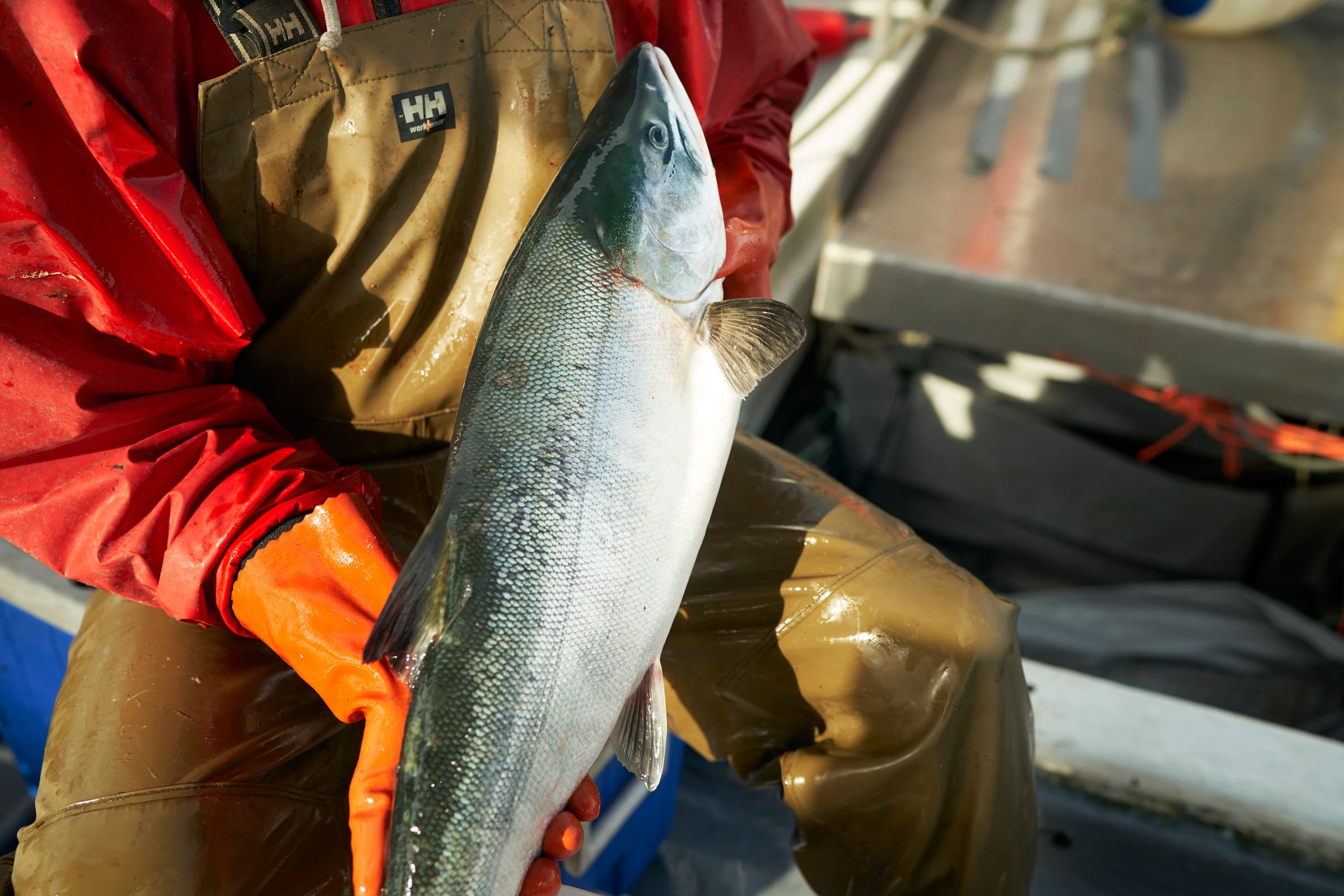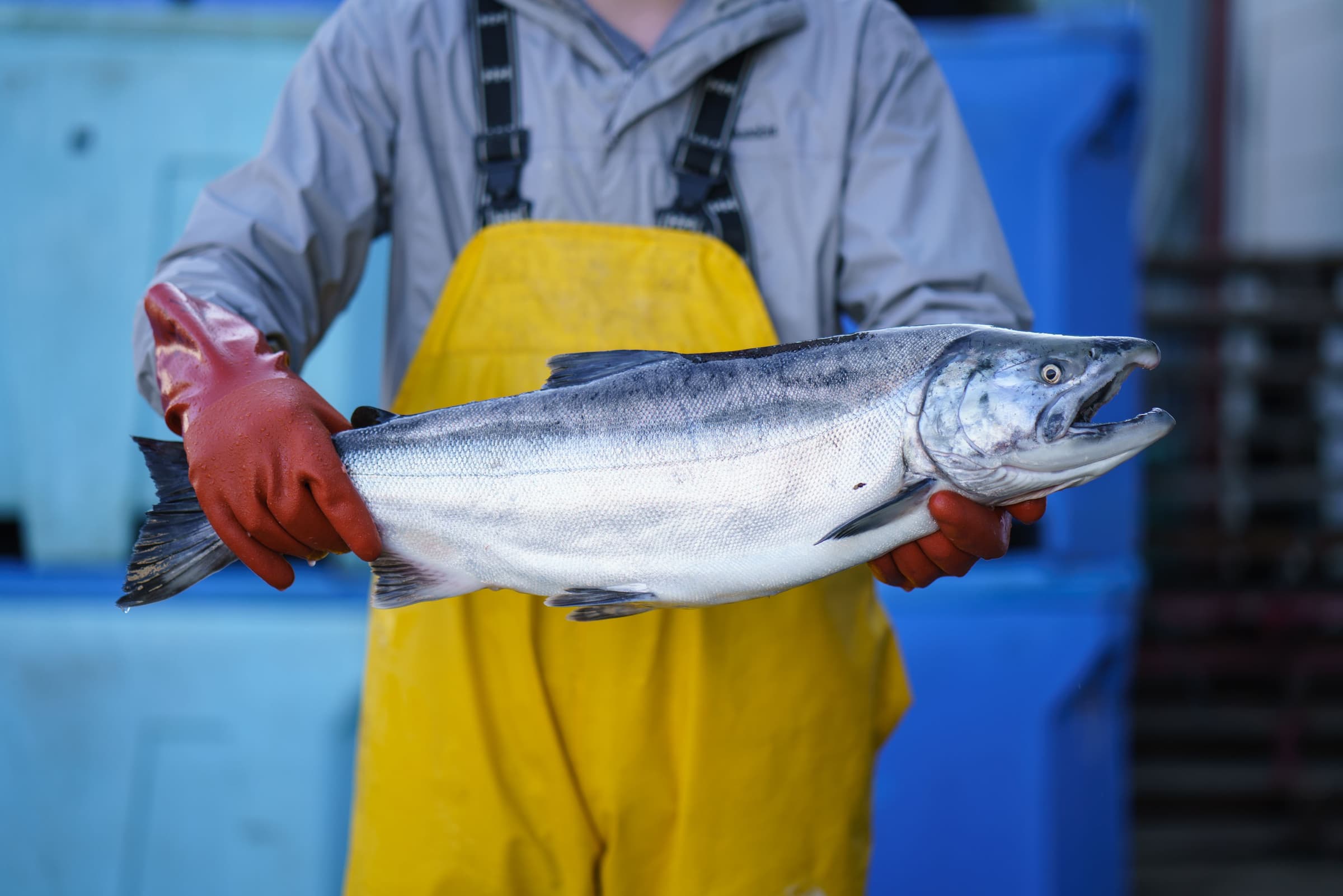Keeping Track of the Season's Catch
I often get asked the question “How is the salmon season going?”
The answer is complex and varies widely by species and location. Alaska is a huge state with so many different salmon runs and their success can vary dramatically from year to year. Thankfully the state closely monitors the major salmon runs and makes all that data available to us. Have you ever wondered how the Copper River runs are going? What about the world’s biggest sockeye run in Bristol Bay?

This report, created by the Alaska Department of Fish and Game, shows how our season is going so far throughout the state and gives us the tools to dive deep into the data if you’re a salmon geek like I am. Let’s start with the earliest and one of the most famous salmon runs: the Copper River. This year’s sockeye run has been strong after really solid returns last year. In recent history an escapement — the number of fish that return to spawn — of 1 million fish is considered a good year. This year is already close to that and some late run fish are still coming in. Overall it’s been a resounding success from some of the world’s best fish from an incredible place. Here is a link to track the Copper River fish counts.
It’s past the peak for Bristol Bay sockeye this year and many fishermen are hanging up their nets for the season after a catch of over 31 million fish. It wasn’t 2022’s record harvest of 44 million fish, but it was a good season, overall, for Bristol Bay with fish prices rebounding from last year's down season. It’s pretty incredible that a pristine, natural ecosystem can produce that many fish year after year. We need to make sure enough fish are allowed to make it upstream to spawn and that we don’t ruin their freshwater habitat.

In southeast Alaska, sockeyes haven’t returned as well as they did last season and the catch rate is down 39%. Keta salmon catch rates are also down 24% in southeast Alaska, but the price is almost double what it was last year and fishermen are optimistic about the late summer runs returning to Sitka.
We still have a ways to go and southeast Alaska’s coho salmon haven’t shown up in large numbers yet. They are starting to appear across the coast and catch rates have improved over the last couple weeks.

There is a lot of volatility in seafood markets post-pandemic and price plays a big part of the equation with improvement across the board from 2023. If you are curious to track how different salmon runs are doing across the state, please visit the Alaska Department of Fish and Game’s website. Looks like we will have plenty of delicious fish for your boxes arriving at your doorstep soon!


